Jacob Strand FRSA asks whether rapid prototyping for domestic use is just another lingering homeless technology that will certainly not save us.
Recently I was asked about the future of rapid prototyping for furniture and design, by an acquaintance considering a job change. This is what I wrote. “The map is not the territory”, a phrase coined by the Polish-American philosopher and engineer Alfred Korzybski, which illustrates very well how people often confuse models of reality with reality itself. Technology is not also design, engineering is not also architecture as well as creation is not also art.
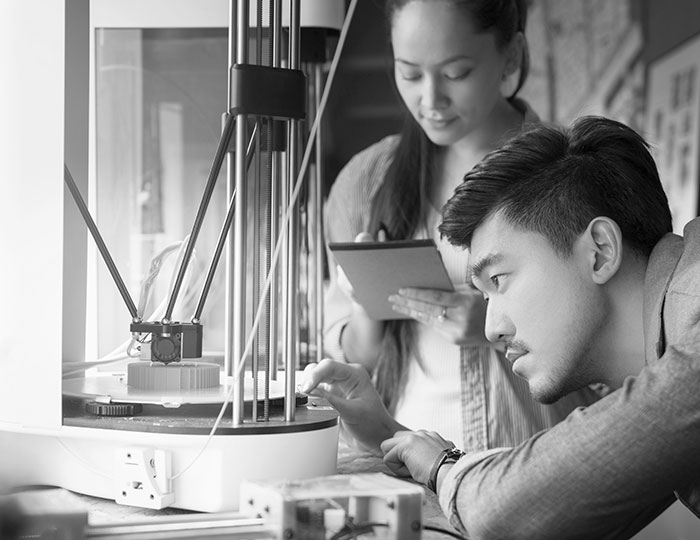 In a few hundred years, the sciences have turned cognition into a form of production that has prepared modern man to produce for himself what he wants to know.
In a few hundred years, the sciences have turned cognition into a form of production that has prepared modern man to produce for himself what he wants to know.
When we get carried away on new waves of positive paradigmatic technology evangelism, we often find that the prophecy that quantified projection is in fact nothing more than an indicator of simple hope. Humans are inherently very hopeful. Our projections are nothing more valuable to us than inflated rosy bubbles of faith and optimism longing for new nascent technologies. Hope that often seems to quickly burst and then slowly evaporate away, again.
We get excited, right? Wow. Imagine the vastness of endless, infinite possibilities. And we become hopeful that maybe this, this is the technology that has come to salvage us from our own squanders and discontinuities.
I often refer to an image that I was presented with as part of a presentation in college. It is from a cartoonist who in a satirical way envisaged the future after rubber had been industrialised. It shows a housewife cleaning the whole living room by just hosing it down since everything in the living room is made of plastic or rubber. It illustrates precisely what happens when we attempt to make future projections based solely on data; we forget that it is us humans who are adopting these nascent new technologies and not the other way around.
I have been working with rapid prototyping since this new technology was made available to academics and designers. I have written about it and kept an eye on its developments ever since; to the point where this technology was heralded to become the third industrial revolution.
To a certain extent this is happening within the industry. It is applied to making prototypes, spare parts and even organs. And with more complex materials being developed for industrious rapid prototyping usage, industries can by-pass the whole tooling process, translate bio data into form and so on. It is also very cost effective.
However, for domestic use, I would argue that rapid prototyping could be the new (QR) code, this two-dimensional version of the barcode, typically made up of black and white pixel patterns, struggling to move beyond the novelty and into an applicable domestic use.
Fundamentally, rapid prototyping is just and nothing but a printer with an added dimension. You could also take a picture of an art painting, print it and stick to your wall. But it will never be the same as having the real painting with its structures, colour saturation, depths and textures. The print is not even a copy. So, it really depends on the author or creator to make it somehow worthwhile to print something. There is also a vast qualitative difference between a domestic printer from HP and lithography.
Humans are tactile, visceral beings who do not derive from sterile laboratories and Petri dishes; we come from the land, earth and nature. We can print a utensil but we cannot print a Poul Kjærholm piece of furniture. You can print a print of a Caravaggio and so on.
Human beings are inherently romantics, poetics and tactile beings. And herein lies the beauty of the arts as opposed to engineering and data. We do not fall in love with a design object just on its novelty and functionality but on its overall aesthetics and material equilibrium.
It is exactly like the two fingers that almost meet in the Creation of Adam by Michelangelo; the connection or collision between our ability to design in a physical world of technologies that through creation can be elevated into the arts. A metamorphosis through not only our hands but also our ingenuity, intuition and cognition.
Domestic use of 3D printing is however finding new novelty in terms of mirroring ourselves; as a prism or a newfound mirror. Like having your foetus scan developed into a 3D model and so on. New age narcissism. A physical selfie. I call these representations ‘visaged realities’, not opposed to virtual realities but unlike virtual they are physically warped, hyperreal representations of a perceived reality. But even here, in actuality, it is the 3D scanner that is making this valuable bridge between a human realm and an applied technology.
Rapid prototyping could disrupt our domestic idea of how to produce products. But I suspect this will be more based around nostalgia, narcissism and entertainment. So, for instance, being able to make a replica of your ancestors chest of draws, have your own bust made or a seat that reflects your bum. Or helping gamers create avatars... you name it.
This could create valuable links between an imagined, perceived world and our built world, or visa versa, between digital realm and a physical realm, acting as an intermediator, translating data back and forth in both directions. Echoing spheres, realms and infinite dimensions of spatiality into tangible artefacts.
A friend of mine recently picked up the raw pictures from the NASA Perseverance mission and ran it through some photogrammetry software and wupti, resulting in a rough 3D model of an area of Mars. That gave him the opportunity to grab his virtual reality glasses and take a walk on Mars during lockdown. But again, here it is virtual reality technology that became the go to intermediate technology, not the rapid prototyping.
So the question is, in terms of rapid prototyping future domestic use, how can we imagine a way for this technology to find a vehicle to propel itself from a mere curiosity to a contemporary element that resonates with our fundamental human desires? The flaw here is how it somehow lingers between realms. It does not intuitively present a visceral human pleasure or attraction as a printed design object, nor can it just be immaterial data hence its need for matter to physically present itself. Like the QR code. That will always essentially just be a link between two realms. It doesn’t represent a unique quality in its own manifestation.
Does rapid prototyping even sit well within a survivalist future? Designer Thomas Thwaites once did the toaster project, building a ’simple’ toaster from scratch. A design that turned out to be a very foul looking specimen of the toaster archetype, and indeed very expensive compared to the market price. His key outtake from this project was: “It just proves how interconnected and co-dependent we have become of one another and especially of our supply line.” His epic book, The Toaster Project. It's a design anthem.
And again it comes down to material, connection, networks and creation. Who will supply this? Who will cooperate this? Who will author this? Who knows? What I do know is that it is us, not technology, that saves us. It is us who saves technology and thus make it applicable to our livelihood.
Jacob Strand is a Contemporary Cartographer, retracing and mapping, not lost continents or lands to be conquered but discontinuities in our epistemological and socially constructed map. He trained in architecture and design, and has many years of experience in future forecasting. He is the founder of Lehman B, a member of the Art group, Hyenas and more recently author of the work ‘Happimess’.
Related articles
-
Prediction Fiction
Comment
Madeline Ashby
A futurist-novelist explains how strategic forecasting helps build better tomorrows by facing the truths of today
-
-
Lessons from the land of many waters
Comment
Alexander Alder-Westlake
In a time of rising sea levels and flooding threats, Alexander Alder-Westlake suggests we draw lessons from a country most of us know nothing about. With its unique geography, topography and history, Guyana has much to teach the rest of the planet.
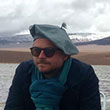
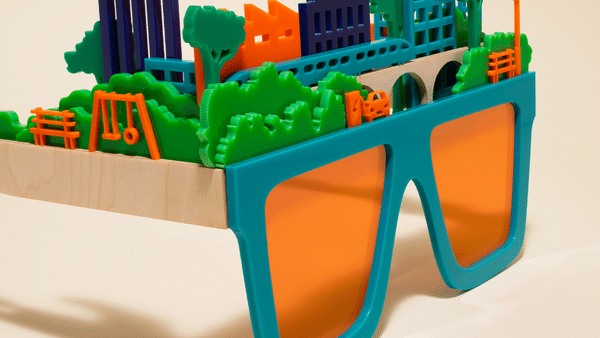
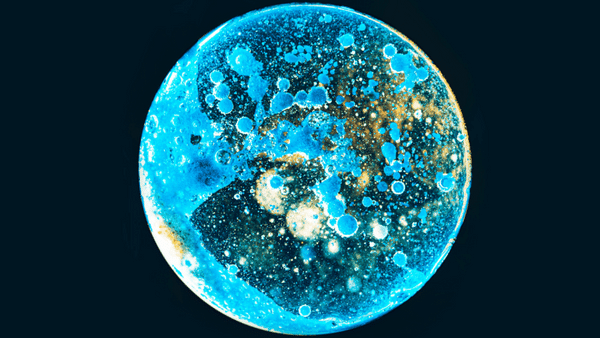
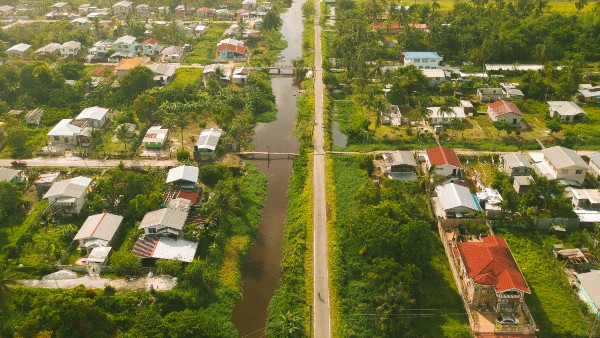
Be the first to write a comment
Comments
Please login to post a comment or reply
Don't have an account? Click here to register.